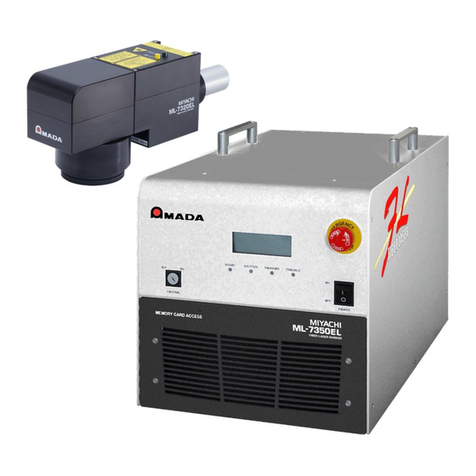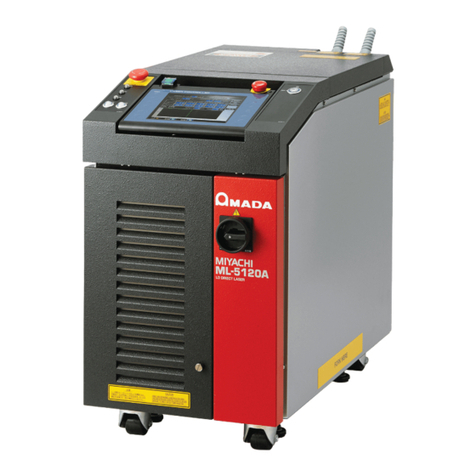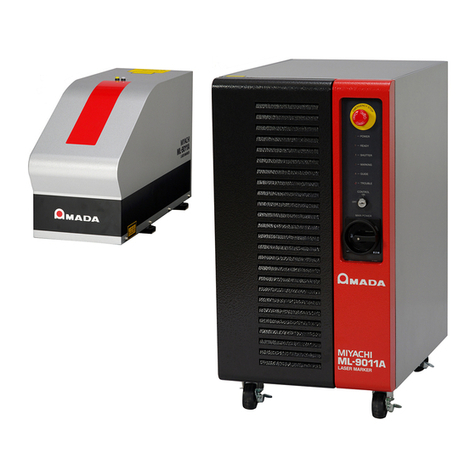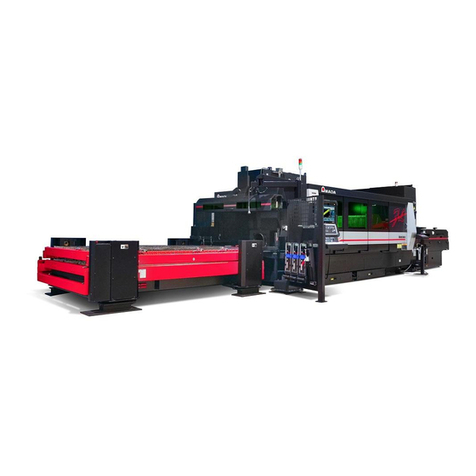
3
ML-5020BW
Contents
How to Use This Document ..............................................2
For Use in Safety ......................................................5
Safety Precautions ..............................................5
Precautions for Handling ................................................8
Laser Safety Supervisor ..........................................8
Routine Handling ...............................................8
For Transportation ..............................................9
For Packaging..................................................9
For Disposal ...................................................9
Cautions for Export....................................................10
Introduction Part 11
Chapter 1 Overview of the Direct Diode Laser ......................13
1. Direct Diode Laser ..................................................13
2. Mechanism of the Direct Diode Laser ...................................14
3. Functions of the ML-5020BW..........................................15
4. Product Composition ................................................16
Packaging ....................................................16
Checking the Packaged Products..................................16
Chapter 2 Name and Functions of Each Section ....................19
1. Name and Function of Each Section on the Front Side ......................19
Front Cover Section ............................................19
Control Panel .................................................20
2. Name and Function of Each Section on the Rear Side ......................21
Installation and Preparation Part 23
Chapter 1 Installation ..........................................25
1. Installation Place ...................................................25
Space Required for Installation....................................26
Environment Suitable for Installation and Precautions ..................26
2. Fixing the Laser Equipment ...........................................27
Chapter 2 Connections and Preparations of Each Section............29
1. Connecting the Power Supply .........................................29
2. Connecting the Optical Fiber ..........................................30
3. Connecting the Cable for the Heat Detector ..............................32
Operating Part 33
Chapter 1 Control Method, and Start and Stop .....................35
1. Control Method.....................................................35
Switching the Control Method.....................................35
2. Start and Stop .....................................................36
How to Start the Laser ..........................................36
How to Stop the Laser ..........................................36
































